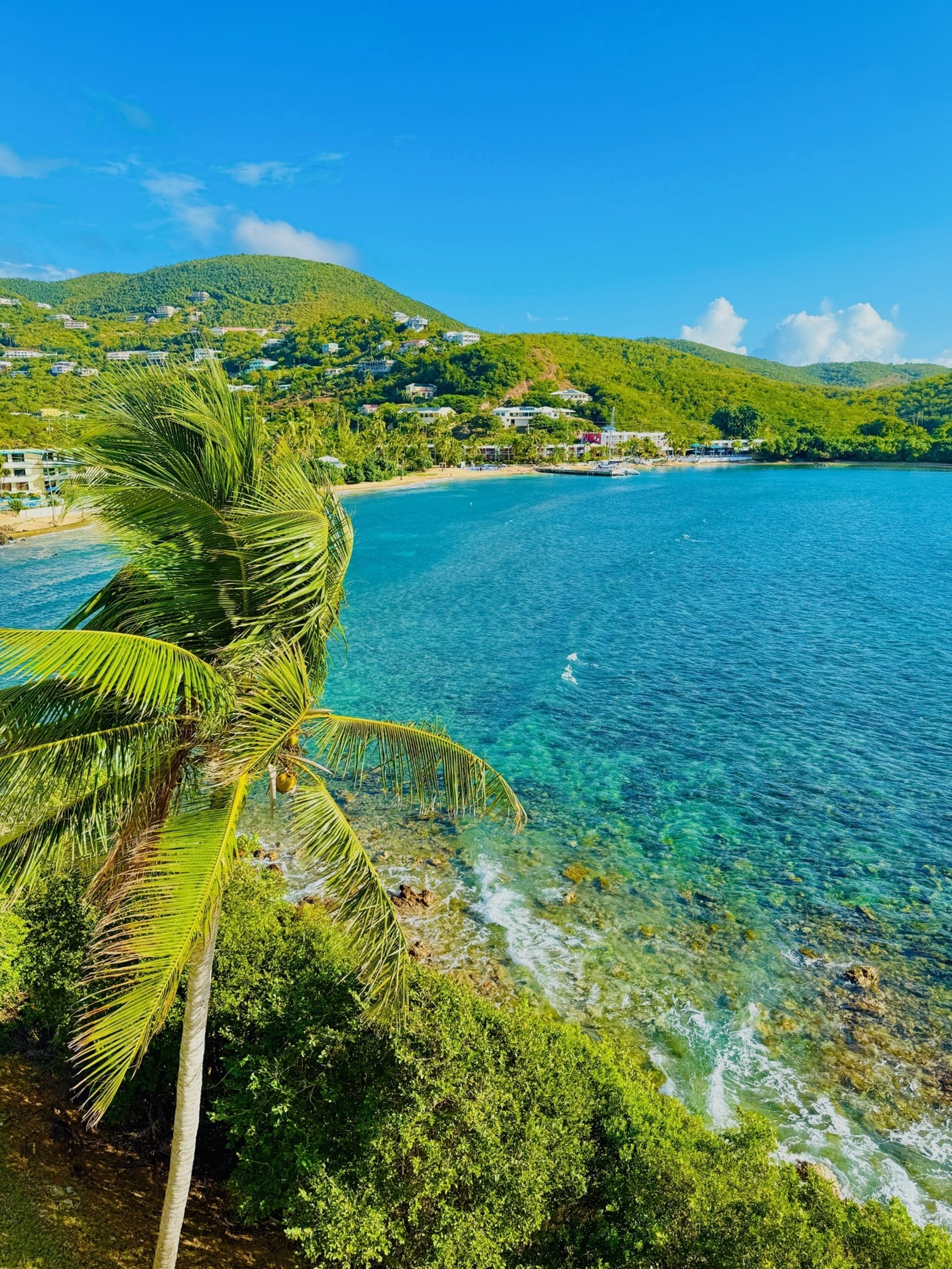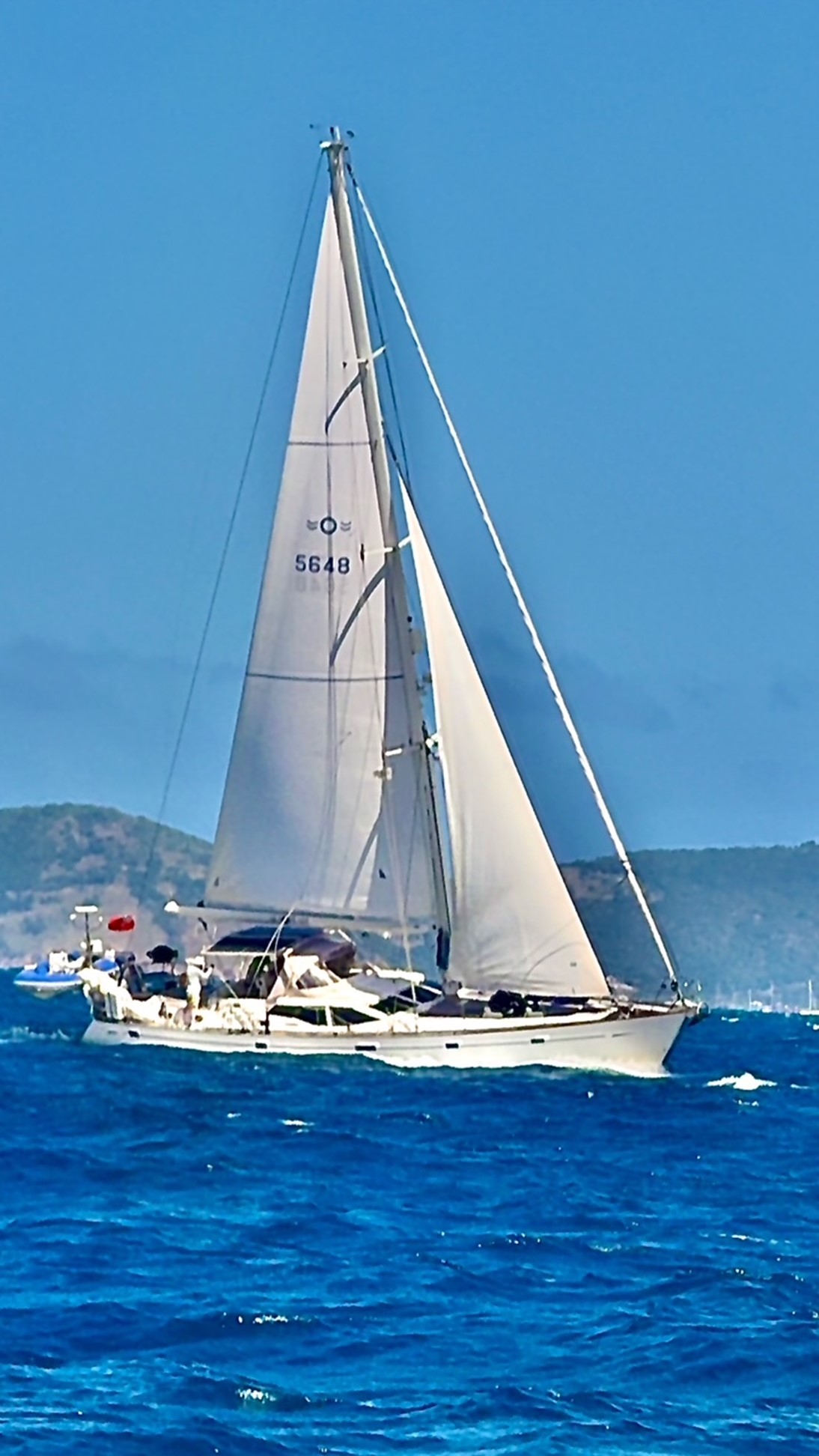National Parks of the U.S. Virgin Islands: A Sanctuary for Biodiversity
Michael Jameson, President (Tulsa, OK)
Michael Jameson holds degrees from Oklahoma State University (Stillwater), the University of Oklahoma (Norman) and the University of Michigan (ABD – Ann Arbor). In serving his entire tenure as a Regulatory Specialist with Vanguard, he founded the company in 1992 and is ranked at the “expert” level in chess.
The U. S. Virgin Islands (USVI), an unincorporated territory of the United States in the Caribbean, is a paradise known for its stunning landscapes, rich history, and vibrant culture. However, beyond its beaches and resorts, the islands are home to some of the most ecologically diverse national parks in the United States. The U.S. Virgin Islands National Park (USVINP) and Virgin Islands Coral Reef National Monument are two prominent protected areas in this region. These parks not only preserve the unique natural beauty of the islands but also play a vital role in conserving the rich biodiversity of the Caribbean. From tropical rainforests and coral reefs to mangrove forests and endangered species, the national parks of the USVI offer a remarkable array of habitats that support a wide range of plant and animal life.

U.S. Virgin Islands National Park: A Biodiversity Hotspot
The U.S. Virgin Islands National Park, established in 1956, spans approximately 7,000 acres of land on the island of St. John, along with 5,000 acres of submerged lands. This national park is celebrated for its exceptional biodiversity, which is reflective of the island's varied ecosystems. The park encompasses tropical forests, mangrove swamps, coral reefs, and beaches, all of which provide unique habitats for numerous species.
Flora and Vegetation
The flora of the U.S. Virgin Islands National Park is typical of the Caribbean's tropical climate, with a variety of plant species that are adapted to the region's warm temperatures and seasonal rainfall. The park's diverse plant life ranges from lush rainforests to dry forests, creating an environment that supports a wide array of plant species. One of the most significant vegetative features is the park’s native rainforest, which thrives in the park’s higher elevations. These forests are home to a variety of tree species such as the majestic Caribbean pine and the endangered Virgin Islands cedar. In the lower, more arid regions, the dry forests are dotted with cactus, such as the prickly pear, and hardy shrubs.
Mangrove forests along the coastline of St. John are another critical feature of the park’s ecosystem. These salt-tolerant trees play an important role in maintaining the coastal environment. They help prevent soil erosion, filter pollutants from water, and provide a nursery habitat for many marine species.
Animal Life
The U.S. Virgin Islands National Park is a sanctuary for a variety of wildlife species, many of which are endemic to the region. The island of St. John’s diverse habitats support mammals, birds, reptiles, and marine life. Among the most prominent are several species of bats, which play an essential role in pollination and insect control.
St. John is also home to a number of bird species, including the endangered yellow-shouldered Amazon parrot, which is found only in the USVI and a few neighboring islands. These parrots face a significant threat due to habitat loss and the pet trade, making the park a crucial refuge for their survival. Other bird species that thrive in the park include the bridled quail-dove, an endemic species of pigeon, and the black-necked stilt, which inhabits the park’s wetlands.
Among the reptiles, the Virgin Islands tree boa stands out. This non-venomous snake is endemic to the region and plays a role in controlling the populations of small mammals and birds. Several species of lizards, such as the endemic St. John skink, also inhabit the park’s diverse landscapes.
Marine life in the waters surrounding the park is equally remarkable. Coral reefs, seagrass beds, and mangrove forests provide essential habitat for fish, crustaceans, and other marine organisms. The coral reefs surrounding St. John are home to a variety of species, including the endangered elkhorn coral and staghorn coral. These reefs support a wealth of marine life, including colorful fish such as parrotfish, angelfish, and butterflyfish, as well as larger marine species such as sea turtles and rays. The U.S. Virgin Islands National Park is also a popular spot for humpback whale sightings during their annual migration, further underscoring the park's importance as a haven for marine biodiversity.
Virgin Islands Coral Reef National Monument: A Marine Paradise
The Virgin Islands Coral Reef National Monument, established in 2001, is a critical marine protected area that spans over 12,000 acres around the islands of St. John and St. Thomas. This monument preserves the stunning coral reefs and diverse marine life of the USVI, which are some of the most biologically productive ecosystems on the planet.

Marine Biodiversity
The coral reefs of the Virgin Islands Coral Reef National Monument are a focal point for conservation efforts due to their importance in supporting marine biodiversity. Coral reefs are some of the most biodiverse ecosystems on Earth, and the Virgin Islands’ reefs are no exception. The monument protects coral species like the elkhorn and staghorn corals, which are considered threatened under the U.S. Endangered Species Act. These corals form the backbone of the reef ecosystems, providing habitat and food for a wide variety of marine life.
In addition to coral, the reef is home to a vast array of fish species, many of which are economically and ecologically significant. Tropical fish species such as parrotfish, wrasse, and snapper are abundant, and larger species, such as groupers and sharks, can also be found in these waters. The reefs also serve as critical nursery grounds for juvenile fish and other marine organisms. The waters surrounding the monument are also home to sea turtles, including the threatened hawksbill turtle, which relies on the reefs for feeding and nesting.
Mangrove ecosystems in the monument play a vital role in maintaining the health of the surrounding marine environment. These coastal forests serve as breeding grounds for a wide variety of marine species and act as nurseries for young fish, providing shelter and protection from predators. The mangroves also help filter water, improving water quality and supporting the overall health of the coral reefs.

St. John the smallest of the three islands, measuring in at just 28 square miles, and has long been considered the most beautiful and unspoiled. St. John is blessed with over 7,200 acres of protected land as part of the Virgin Islands National Park. This national park, which encompasses about 70% of the island, was pioneered by Laurance Rockefeller in the mid-20th century, and thus, St. John is blissfully free of overdevelopment, retaining a lush, hilly landscape and dreamy sweeps of sand lapped by aquamarine waters. Though sugarcane was originally the main export of the economy during its time as a Danish colony, today St. John relies on tourism. The island is still rebuilding from two devastating hurricanes in 2017, but its natural beauty remains captivating. Saint John, in particular, is noted for its lush rainforest and the preservation of unique ecosystems within the National Park, not to mention its world renown beaches adjacent to the park. Saint Thomas is known for its duty-free shops and vibrant nightlife, while Saint John offers a more tranquil experience in touch with nature.
Conservation Challenges
Despite the protection provided by the U.S. Virgin Islands National Park and the Virgin Islands Coral Reef National Monument, the region’s biodiversity faces numerous challenges. Climate change poses a significant threat to both terrestrial and marine ecosystems. Rising ocean temperatures and ocean acidification have led to coral bleaching events, which weaken the corals and make them more susceptible to disease. Hurricanes, which are becoming more intense due to climate change, have caused extensive damage to coral reefs and other coastal habitats.
Other human activities, such as overfishing, pollution, and coastal development, further threaten the delicate ecosystems of the national parks. Invasive species, both terrestrial and marine, also pose a significant challenge to native wildlife. Efforts to control these threats are critical for preserving the biodiversity of the parks.
The Role of Education and Ecotourism
The U.S. Virgin Islands National Park and the Virgin Islands Coral Reef National Monument offer educational opportunities for visitors to learn about the region’s biodiversity and the importance of conservation. The National Park Service operates visitor centers and educational programs that help raise awareness about the value of these protected areas. Ecotourism, including activities such as snorkeling, hiking, and birdwatching, also plays an important role in supporting conservation efforts by generating funding and fostering a connection between visitors and the natural world.
The national parks of the U.S. Virgin Islands are invaluable treasures, not only for their beauty but for the incredible biodiversity they protect. These parks serve as essential sanctuaries for a variety of plant and animal species, many of which are endemic to the region. Through continued conservation efforts, education, and sustainable tourism, these parks can continue to thrive and support the rich ecosystems of the U.S. Virgin Islands for generations to come. The biodiversity of the islands is a testament to the resilience and beauty of nature, and it is our responsibility to protect it.